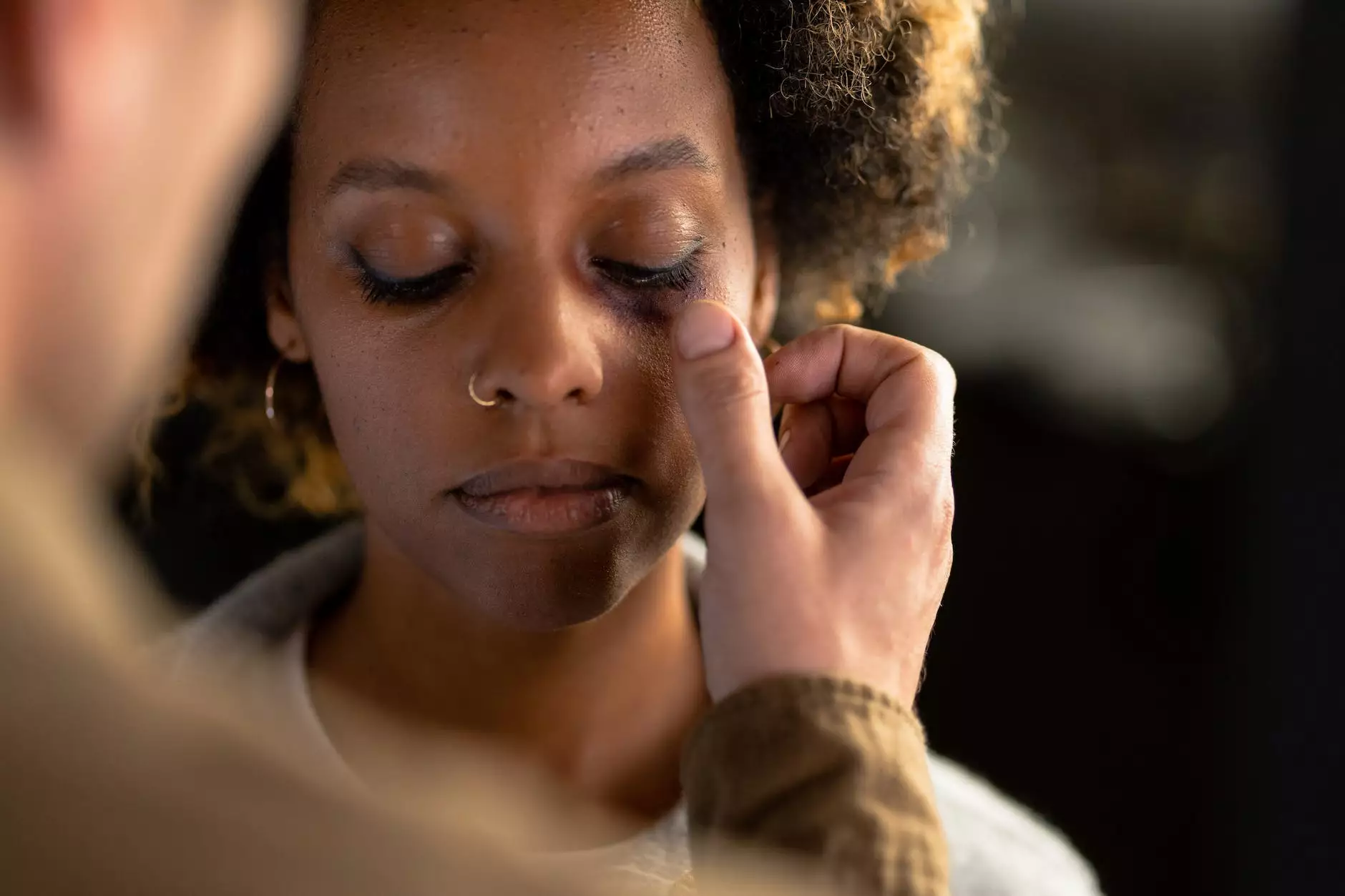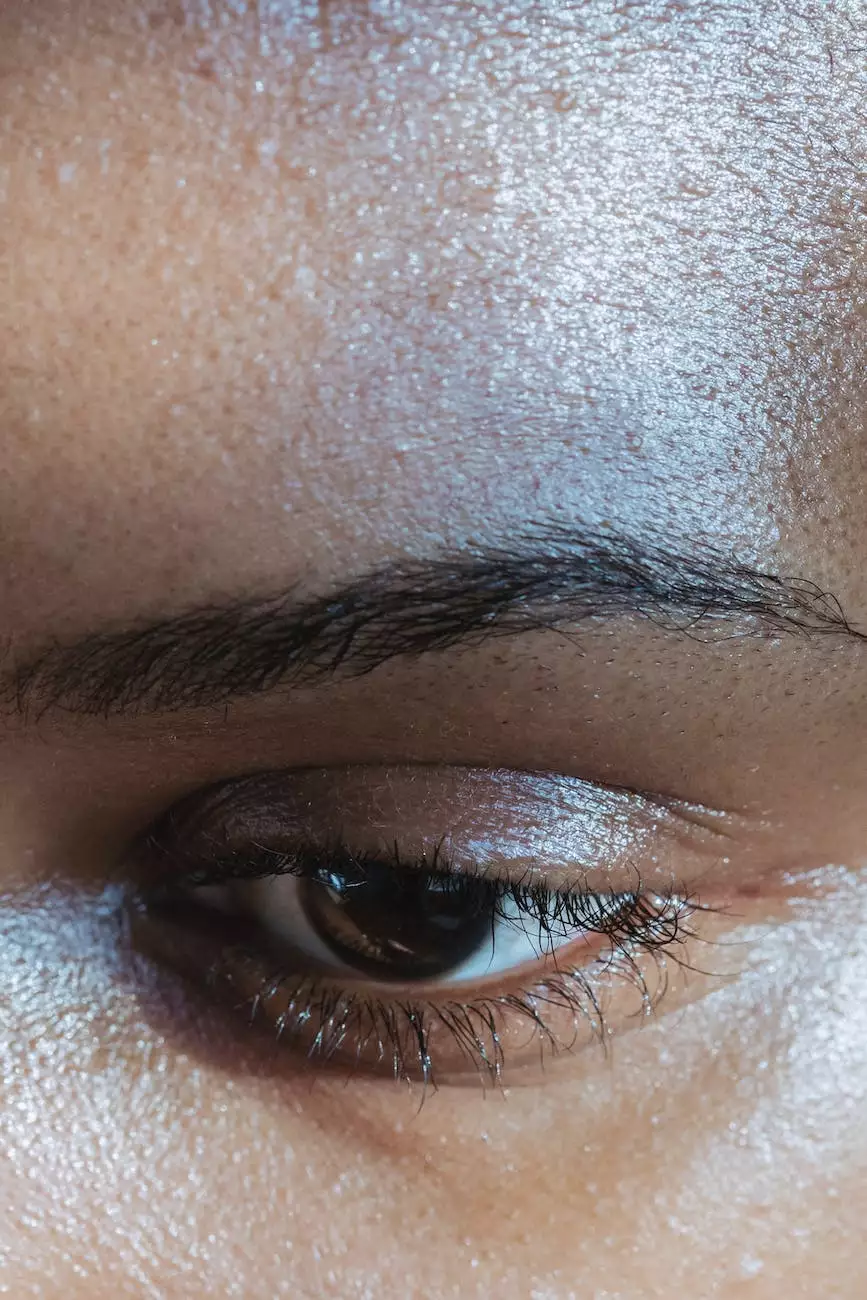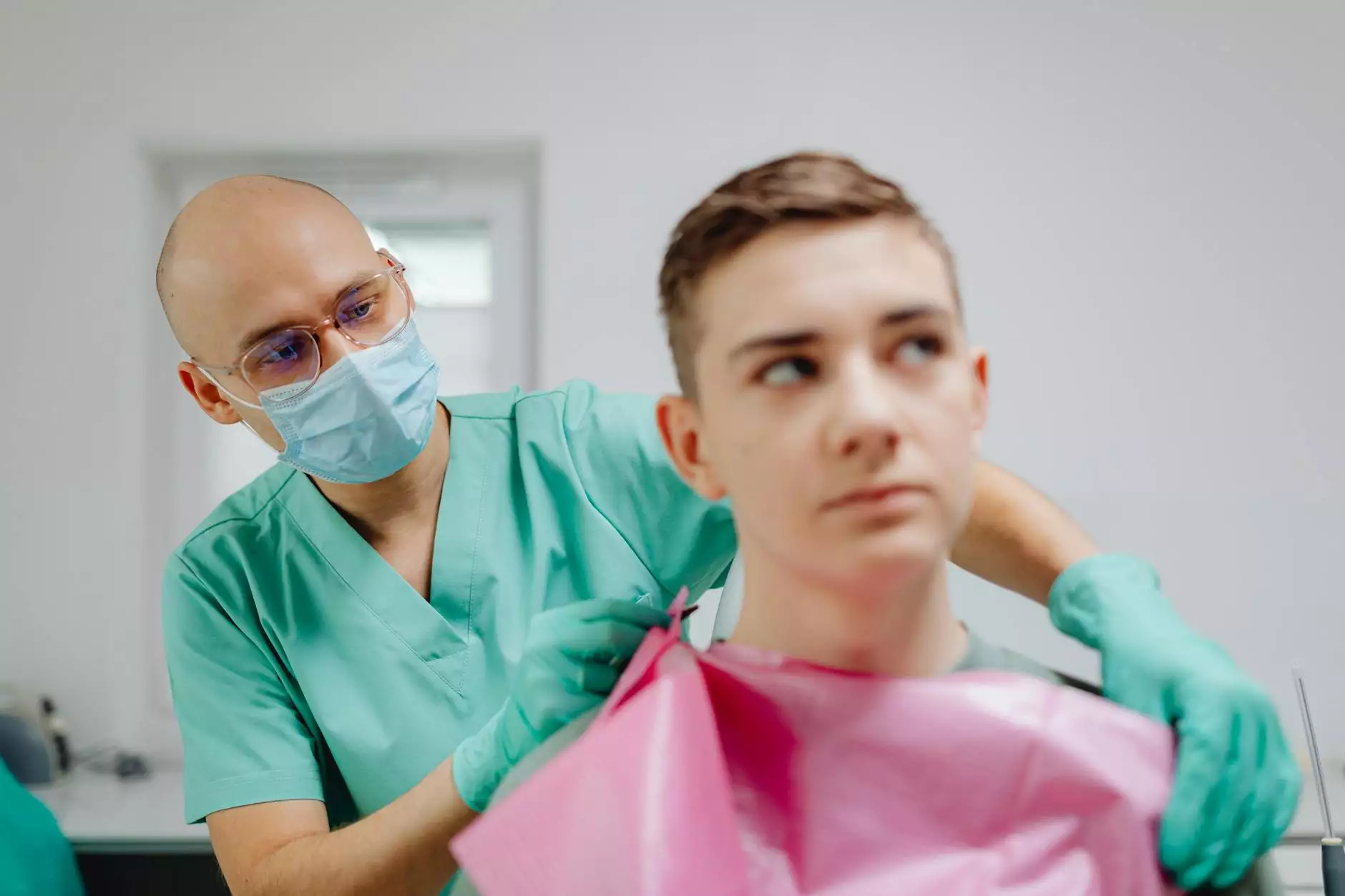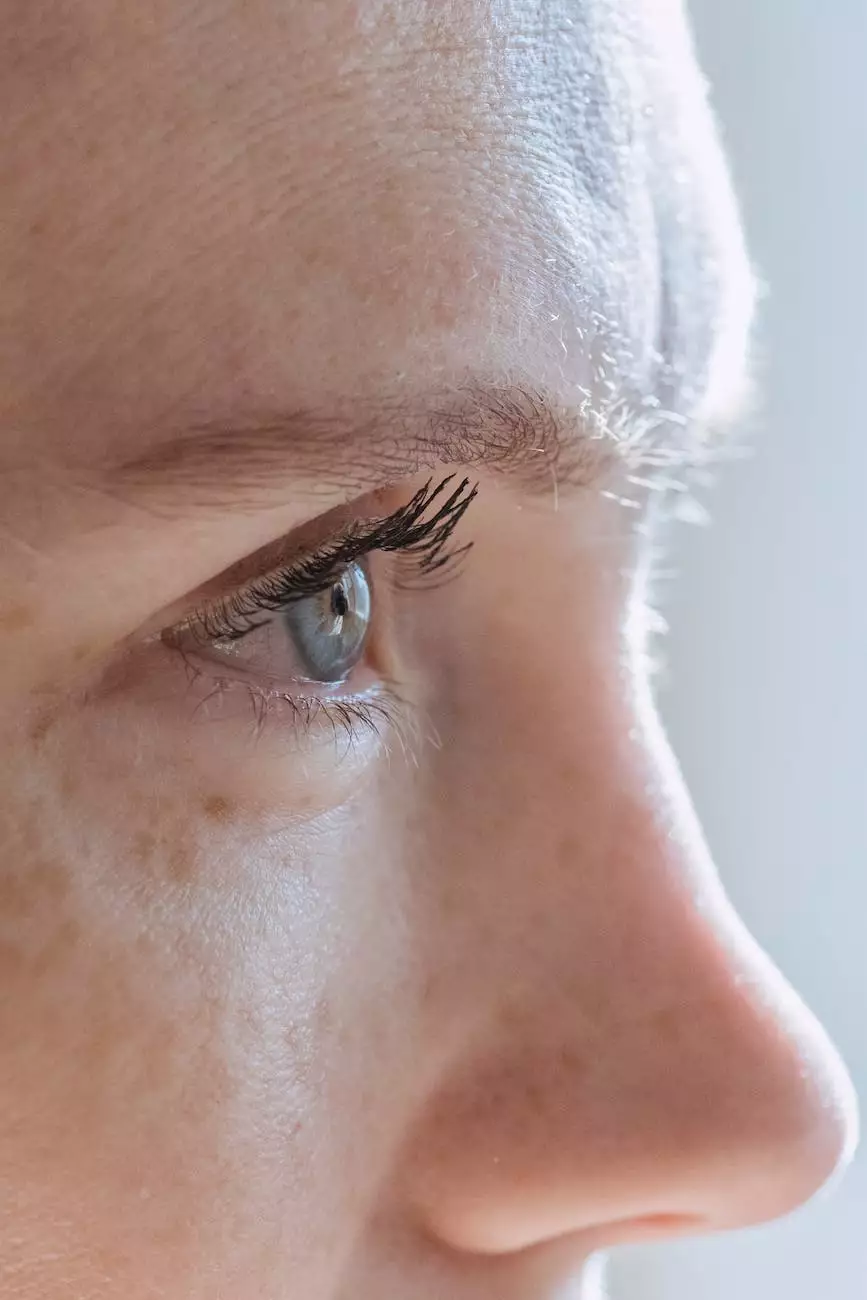Orbital and Eyelid Trauma

Welcome to Foley James D MD's Orbital and Eyelid Trauma page! Our team of dedicated professionals specializes in providing high-quality care and treatment for patients who have experienced orbital and eyelid trauma. We understand the importance of prioritizing your eye health and are committed to delivering the best possible outcomes for our patients.
Understanding Orbital and Eyelid Trauma
Orbital and eyelid trauma refers to injuries that affect the eye socket (orbit) and the surrounding structures, including the eyelids. These injuries can occur due to various causes, such as accidents, sports-related incidents, or even assaults.
It is crucial to seek immediate medical attention if you have experienced orbital and eyelid trauma. Prompt intervention and appropriate treatment can help prevent potential complications and ensure the best chance of recovery.
Common Causes and Symptoms
Orbital and eyelid trauma can result from:
- Motor vehicle accidents
- Sports injuries
- Falls or trips
- Assaults or physical altercations
The symptoms associated with orbital and eyelid trauma may vary depending on the severity of the injury. Common signs and symptoms include:
- Swelling and bruising around the eye area
- Bleeding from the eyelid or surrounding tissues
- Pain and tenderness
- Blurred or double vision
- Restricted eye movement
- Abnormal prominence or displacement of the eye
- Difficulty closing or opening the eyelids
- Tearing or watery eyes
Diagnosis and Treatment
At Foley James D MD, we provide comprehensive evaluations and personalized treatment plans for patients with orbital and eyelid trauma. Our experienced medical professionals utilize state-of-the-art technology and advanced diagnostic techniques to accurately assess the extent of the injury.
The diagnostic process may involve:
- Physical examination and thorough medical history
- Imaging tests, such as computed tomography (CT) scans or magnetic resonance imaging (MRI)
- Assessment of visual acuity and eye movements
Once a proper diagnosis has been made, our team will develop a tailored treatment approach. The treatment options for orbital and eyelid trauma may include:
- Non-surgical management, such as the use of antibiotics, pain medications, or anti-inflammatory drugs
- Surgical interventions, including reconstructive procedures
- Post-operative care and follow-up appointments to monitor healing progress
Why Choose Foley James D MD?
When it comes to orbital and eyelid trauma, choosing the right medical professional is crucial for achieving the best possible outcome. Foley James D MD has built a strong reputation for excellence in the field of eye care.
Here's why you should choose us:
- Expertise: Our team consists of highly skilled and experienced professionals who specialize in orbital and eyelid trauma.
- Comprehensive Care: We provide a full range of diagnostic, treatment, and follow-up services, ensuring continuity of care.
- State-of-the-art Facilities: Our clinic is equipped with advanced technology and modern facilities to deliver the most effective treatments.
- Patient-Centered Approach: We prioritize patient well-being and aim to provide personalized care that meets individual needs.
- Collaborative Efforts: Our multidisciplinary team works closely together, leveraging each member's expertise to optimize treatment plans.
Contact Foley James D MD for Orbital and Eyelid Trauma Care
If you or someone you know has experienced orbital and eyelid trauma, do not hesitate to contact Foley James D MD. Our dedicated team is here to provide the highest level of care and support during your recovery process.
Call our clinic today at [phone number] to schedule a consultation with our specialists or to learn more about our services. Your eye health and well-being are our top priorities!










